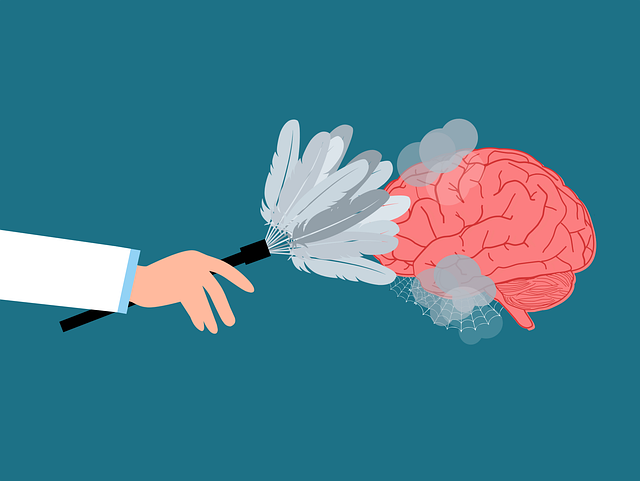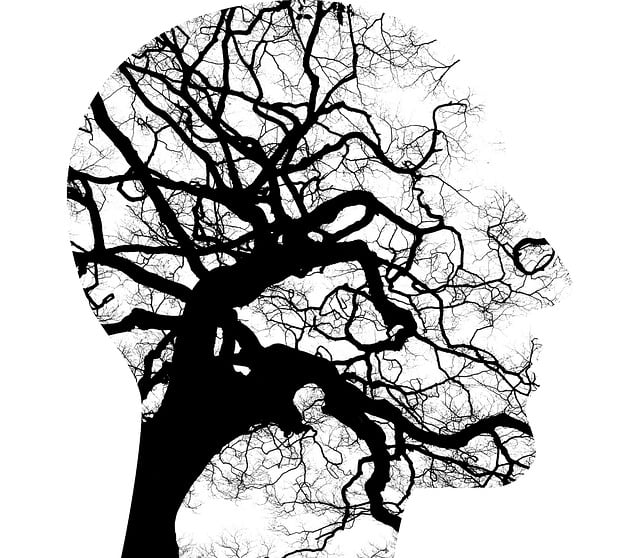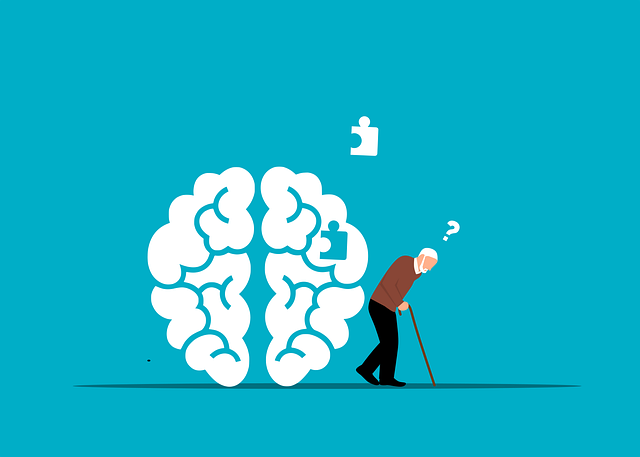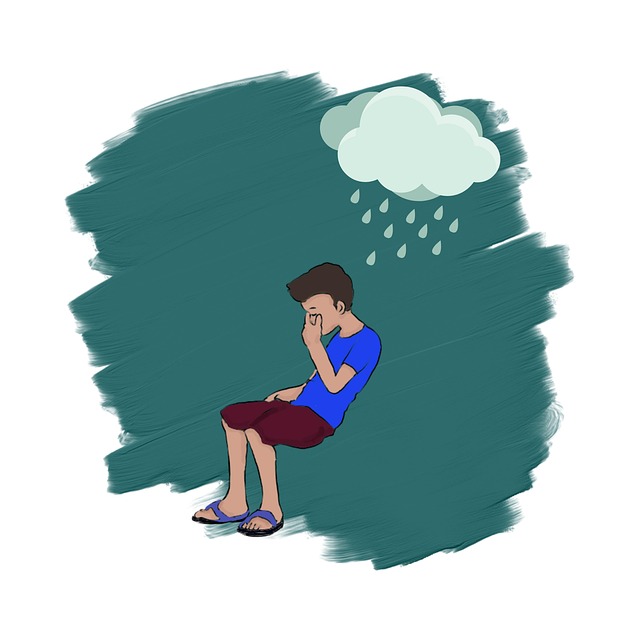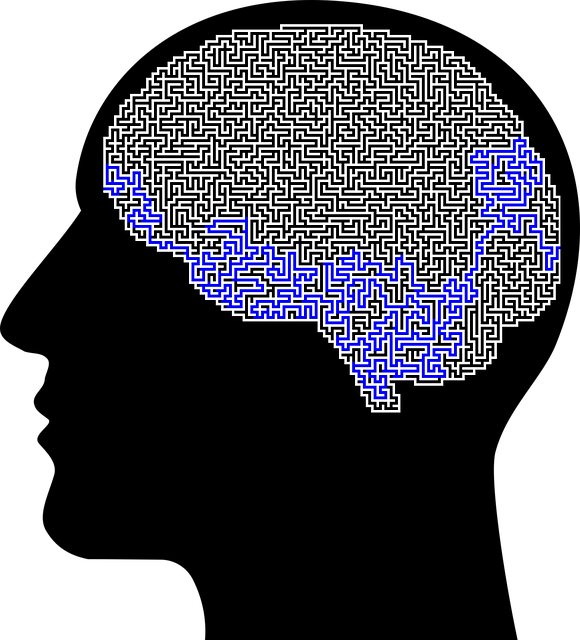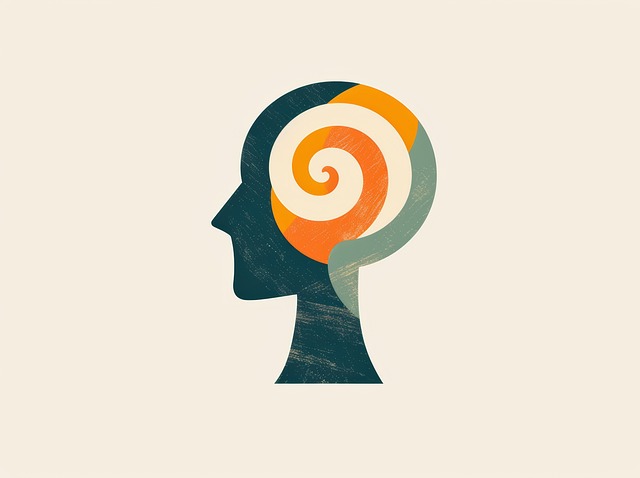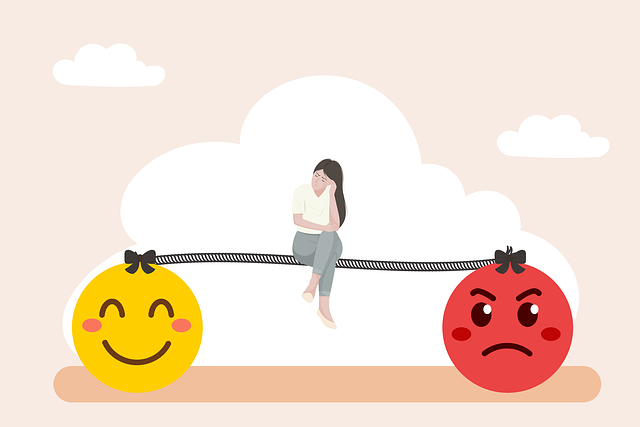Mindfulness meditation, by focusing on the present without judgment, effectively reduces stress, improves mental well-being, and treats Lafayette Panic Disorder and Anxiety Attacks. Unlike traditional clearing-the-mind techniques, mindfulness embraces current experiences. Regular practice can lead to improved focus, emotional regulation, and a reduced intensity of panic attacks. This beginner's guide offers six simple steps for integrating mindfulness into daily routines, ultimately empowering individuals to manage anxiety disorders like Lafayette Panic Disorder through self-awareness and conflict resolution techniques.
“Unwind your mind and embrace tranquility with our comprehensive guide to mindfulness meditation. This ancient practice offers a powerful tool for managing stress and anxiety, especially in navigating Lafayette Panic Disorder and its debilitating symptoms. We’ll explore how mindfulness can disrupt the cycle of anxiety attacks, providing insights into its therapeutic benefits. From understanding the basics to integrating it into your daily routine, this step-by-step journey will empower you to cultivate inner peace and boost mental resilience.”
- Understanding Mindfulness Meditation for Stress Relief
- Lafayette Panic Disorder: Symptoms and the Role of Meditation
- Step-by-Step Guide to Starting Your Meditation Practice
- Integrating Mindfulness into Daily Life for Long-Term Benefits
Understanding Mindfulness Meditation for Stress Relief

Mindfulness meditation has emerged as a powerful tool for stress relief and mental well-being. It involves focusing one’s attention on the present moment without judgment, allowing individuals to observe their thoughts and emotions as they are, rather than reacting to them. This practice is not about stopping thoughts or clearing the mind, but rather cultivating awareness and acceptance of the current experience. By regularly engaging in mindfulness meditation, people can learn to reduce stress, improve focus, enhance emotional regulation, and even alleviate symptoms associated with conditions like Lafayette Panic Disorder and Anxiety Attacks Therapy.
For those dealing with burnout prevention, mindfulness offers a way to reconnect with their inner selves and cultivate a sense of calm amidst the chaos. Healthcare provider cultural competency training emphasizes the importance of integrating mindfulness practices into clinical settings, recognizing its potential benefits for both patients and providers. Public awareness campaigns development can further promote the understanding and adoption of mindfulness as a viable strategy for managing stress and anxiety in daily life.
Lafayette Panic Disorder: Symptoms and the Role of Meditation

Lafayette Panic Disorder, a condition characterized by recurrent and unexpected anxiety attacks, can significantly impact an individual’s daily life. Symptoms include a racing heart, sweating, trembling, shortness of breath, and a feeling of impending doom, often reaching peak intensity within minutes. Meditation, as a Lafayette Panic Disorder therapy option, offers a powerful tool for managing these symptoms.
By cultivating mindfulness through regular practice, individuals can learn to recognize the early signs of an anxiety attack and employ conflict resolution techniques to navigate these moments. Crisis intervention guidance from meditation helps to calm the mind and body, reducing the intensity of symptoms over time. The core principles of mind over matter play a crucial role in this process, empowering individuals to gain control and transform their relationship with fear and anxiety.
Step-by-Step Guide to Starting Your Meditation Practice

Starting a mindfulness meditation practice can be a transformative journey for those dealing with anxiety or panic disorders, like Lafayette Panic Disorder and Anxiety Attacks Therapy seeks to address. Here’s a step-by-step guide to help you begin:
1. Find a Quiet Space: Create a peaceful environment free from distractions. This could be a dedicated meditation corner in your home. Dim the lights and ensure you won’t be disturbed for the duration of your practice, which for beginners is typically 5-10 minutes.
2. Get Comfortable: Sit comfortably with your back straight but not rigid. You can sit on the floor with legs crossed or on a chair if that feels more natural. Place your hands in your lap or rest them lightly on your knees. Close your eyes and take a few deep breaths to center yourself.
3. Focus on Your Breath: Bring your attention to your breath. Notice the sensation of air flowing in and out of your nose or the rise and fall of your abdomen. If thoughts intrude, gently bring your focus back to your breath without judgment.
4. Practice Non-Judgmental Awareness: Observe your thoughts and sensations without labeling them as good or bad. This is a crucial aspect of mindfulness—not getting caught up in the narrative your mind creates around each thought or feeling. Simply acknowledge and let them pass like clouds in the sky.
5. Set a Consistent Schedule: Consistency is key to reaping the benefits of meditation. Aim to meditate at the same time every day, even if it’s just for a few minutes. This will help establish a routine that supports mental wellness and anxiety relief.
6. Track Your Progress (Optional): You can keep a journal to record your meditations, jotting down any insights or challenges you encounter. Tracking your practice can be a helpful way to see your progress over time, particularly in your Self-Awareness Exercises.
Integrating Mindfulness into Daily Life for Long-Term Benefits

Integrating mindfulness into daily routines can seem like a daunting task, but it’s a powerful strategy to enhance mental wellness and manage conditions like Lafayette Panic Disorder and Anxiety Attacks Therapy. The key lies in making it an effortless part of your day-to-day life rather than a chore. Start with small, manageable steps by incorporating mindful moments during regular activities. For instance, while brushing your teeth or walking to work, focus on the sensory experiences: the feel of the toothbrush against your gums, the taste of breakfast, or the rhythm of your footsteps.
This present-moment awareness cultivates a deeper connection with yourself and your surroundings, reducing the triggers for anxiety and panic. Over time, these moments of mindfulness can be extended into dedicated meditation practices, allowing for more profound self-reflection and emotional regulation. By consistently practicing mindfulness, individuals not only learn to manage their symptoms but also experience improvements in self-esteem and overall mental resilience, as supported by various risk assessments for mental health professionals.
Mindfulness meditation offers a powerful tool for managing stress and anxiety, as evidenced by its effectiveness in treating Lafayette panic disorder and anxiety attacks. By integrating mindfulness into daily life, individuals can cultivate long-term resilience and well-being. The step-by-step guide provided offers a clear path to starting a meditation practice, while understanding the basics of mindfulness and its benefits for stress relief serves as a solid foundation. Embrace this journey towards inner peace and improved mental health.


